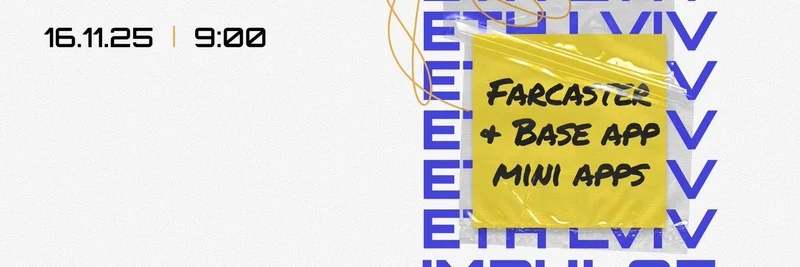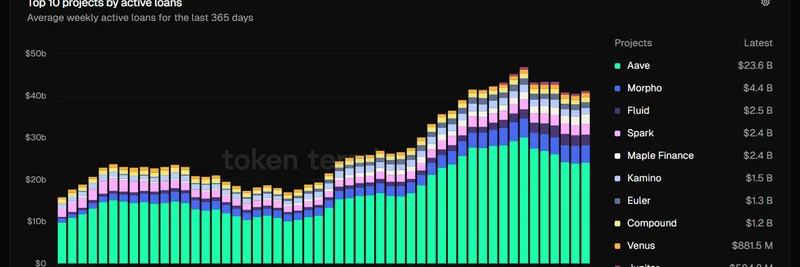Ever clicked "swap" on your favorite DEX, only to wonder what magic (or mischief) happens before that trade shows up as confirmed on the blockchain? If you've been trading meme tokens, where prices can swing wildly in seconds, you've probably felt the sting of slippage or weird fees without knowing why. A recent tweet from CoWSwap shines a light on this: before your trade hits the blockchain, it chills in the mempool—a public queue that MEV bots eye like hawks.
Let's break this down in simple terms, especially for those dipping into the chaotic fun of meme tokens.
What's a Mempool, Anyway?
Think of the mempool (short for "memory pool") as a waiting room for blockchain transactions. When you submit a trade—say, swapping ETH for the latest dog-themed meme coin— it doesn't instantly get etched into the blockchain. Instead, it joins a lineup of pending transactions in this public pool. Miners (or validators, depending on the chain) pick from this pool to include in the next block.
Why public? Blockchains like Ethereum thrive on transparency, so anyone can peek into the mempool. That's great for decentralization, but it's also where things get sneaky.
The Dark Side: MEV Bots on the Prowl
MEV stands for Maximal Extractable Value (formerly Miner Extractable Value). In plain English, it's the profit that can be squeezed out by reordering, inserting, or censoring transactions in the mempool. Bots—automated scripts run by savvy traders—scan this queue 24/7.
Here's how they might mess with your meme token trade:
- Front-running: A bot spots your big buy order for a hot meme coin, jumps ahead by paying higher gas fees, buys first, drives up the price, then sells to you at a markup.
- Sandwich attacks: The bot buys before your trade (pushing the price up), lets your trade execute at the higher price, then sells immediately after for a quick profit.
- Back-running: They wait for your trade to create an arbitrage opportunity and snag it right after.
For meme tokens, which often launch with low liquidity and hype-driven pumps, this is rampant. You might end up paying way more than expected, or worse, your trade fails because the bot drained the pool.
CoWSwap's tweet points to their guide on this (check it out here), emphasizing that understanding the mempool is key to not getting "milked" in DeFi.
How to Protect Yourself in Meme Token Madness
Trading memes is thrilling, but don't let bots ruin the party. Here's where tools like CoWSwap come in. They use something called CoW Protocol, which batches trades off-chain and settles them in a way that minimizes MEV exposure. Instead of broadcasting your intent to the public mempool, your trade gets matched privately with others, often resulting in better prices and protection from front-runners.
Other tips:
- Use higher gas fees to prioritize your transaction, but this can get expensive during peaks.
- Opt for DEXs with built-in MEV protection, like those using batch auctions or private mempools.
- Time your trades during quieter hours to avoid bot-heavy congestion.
Why This Matters for Meme Token Enthusiasts
Meme tokens aren't just jokes—they're a gateway to blockchain innovation, but the mempool vulnerabilities highlight the need for smarter trading infrastructure. As the space evolves, projects like CoWSwap are pushing for user-protective tech that levels the playing field.
Next time you hit "swap" on that viral cat coin, remember the mempool drama unfolding behind the scenes. Stay informed, trade smart, and keep the memes flowing! If you're hungry for more DeFi insights tailored to meme tokens, stick around on Meme Insider for the latest scoops.



